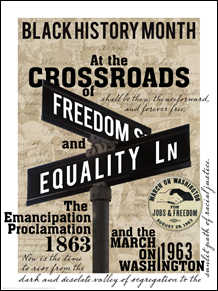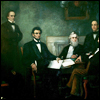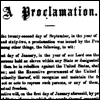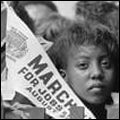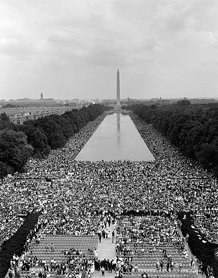
National African American History Month, 2013
Plan Your Visit
If you find yourself in Washington, DC during February, you may want to try:
| ||||||
2013 African American / Black History Month

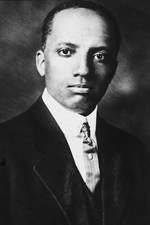
Dr. Carter G. Woodson
Black History Month celebrates the contributions of African Americans to American history and culture. Black History Month was created in 1926 by Carter G. Woodson, a noted African American historian, scholar, educator, and publisher and was first known as "Negro History Week". It only became a month-long recognized celebration in 1976 and the month of February was selected specifically as it coincides with the birthdays of Frederick Douglas and Abraham Lincoln.
President Gerald Ford started the tradition of issuing messages on the observance of Black History Month, but it wasn't until 1986 when Congress approved it and Ronald Reagan signed into law the first proclamation recognizing February as Black History Month that it was legally recognized.
This year's theme for Black History Month acknowledges the struggles that American and the world has had in the past and yet continues to have in our history with civil rights and freedom. In fact, 2013 marks the 150th and 50th year anniversaries, respectively, of two parallel events, which occurred in 1863 and 1963.
On January 1, 1863, the Emancipation Proclamation decreed by President Abraham Lincoln declared all slaves as "forever free" in all confederate states (then at war with the Union) and made them eligible for paid military service in the Union Army. Although it did not end slavery throughout our nation, it transformed the character of the war. By the end of the war almost 200,000 black soldiers and sailors had fought for freedom. On the road to slavery's final destruction, the Emancipation Proclamation assumed not only a place in history but serves even today as a milestone among the great documents of human freedom and civil rights.
In 1963, a century later, America once again would fight for freedom as hundreds of thousands of Americans, marched in the "The Great March on Washington” to the memorial of Abraham Lincoln. It was one of the largest political rallies for human rights in the United States history and called for civil and economic rights, equality of citizenship and freedom for all. It was on this day Dr. Martin Luther King, Jr. delivered his celebrated and historic “I Have a Dream” speech.
Black History Month is an annual observance created in an effort to ensure that African-Americans contribution to both society and history will remain part of the mainstream curriculum. Every February, it is only fitting that America recognizes and reflects in the struggles, achievements and contributions that the African-American community has made to honor its ancestry and recognize the advancements and innovations that have shaped American lives and the world as we know it.
Emancipation Proclamation
The Emancipation Proclamation is an order issued to all segments of the Executive branch (including the Army and Navy) of the United States by President Abraham Lincoln on January 1, 1863, during the American Civil War. Read more...
Transcript of the Emancipation Proclamation, January 1, 1863
A Transcription By the President of the United States of America
Whereas, on the twenty-second day of September, in the year of our Lord one thousand eight hundred and sixty-two, a proclamation was issued by the President of the United States, containing, among other things, the following, to wit: Read more...
Historical Documents - Emancipation Proclamation, 1863
As early as 1849, Abraham Lincoln believed that slaves should be emancipated, advocating a program in which they would be freed gradually. Early in his presidency, still convinced that gradual emacipation was the best course, he tried to win over legistators. To gain support, he proposed that slaveowners be compensated for giving up their "property." Read more...
Civil Rights March on Washington
All about the March on Washington, August 28, 1963
The March on Washington for Jobs and Freedom took place in Washington, D.C., on August 28, 1963. Attended by some 250,000 people, it was the largest demonstration ever seen in the nation's capital, and one of the first to have extensive television coverage. Read more...
The March on Washington for Jobs and Freedom
On August 28, 1963, The March on Washington for Jobs and Freedom was held in Washington D.C. More than 250,000 demonstrators participated in the event, which was considered the largest public protest in American history. Read more...

March on Washington, DC for Jobs and Freedom August 28, 1963
By John E. Hansan, Ph.D., An Organizer for Cincinnati’s Delegation
A major event in the centuries-long struggle to help black Americans achieve equal rights was the 1963 “March on Washington for Jobs and Freedom.” Read more...
